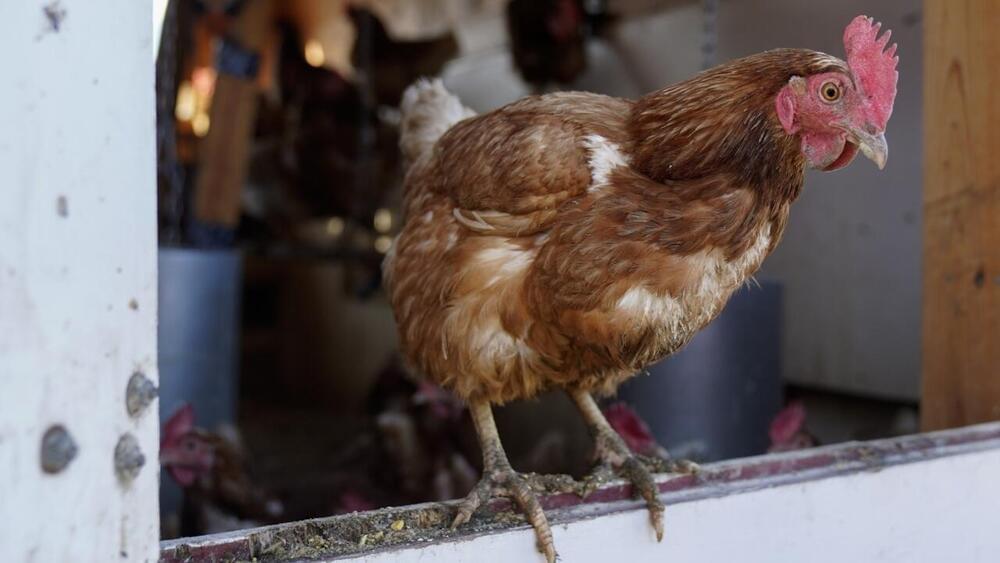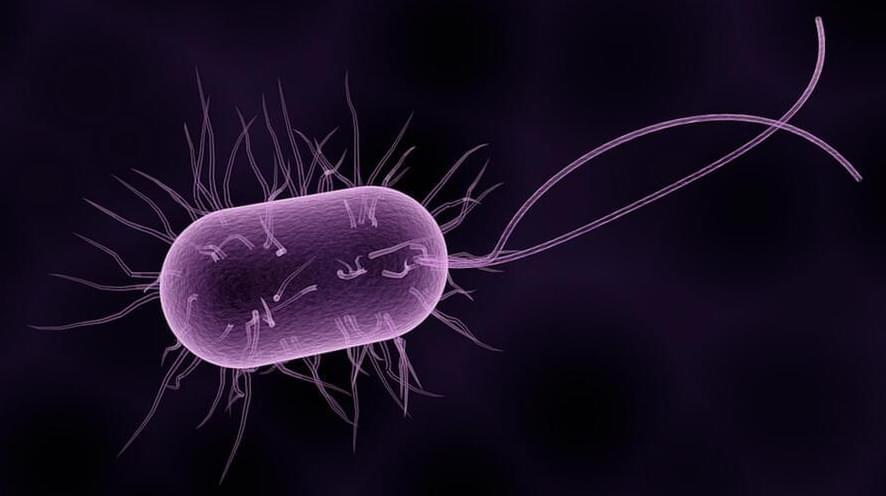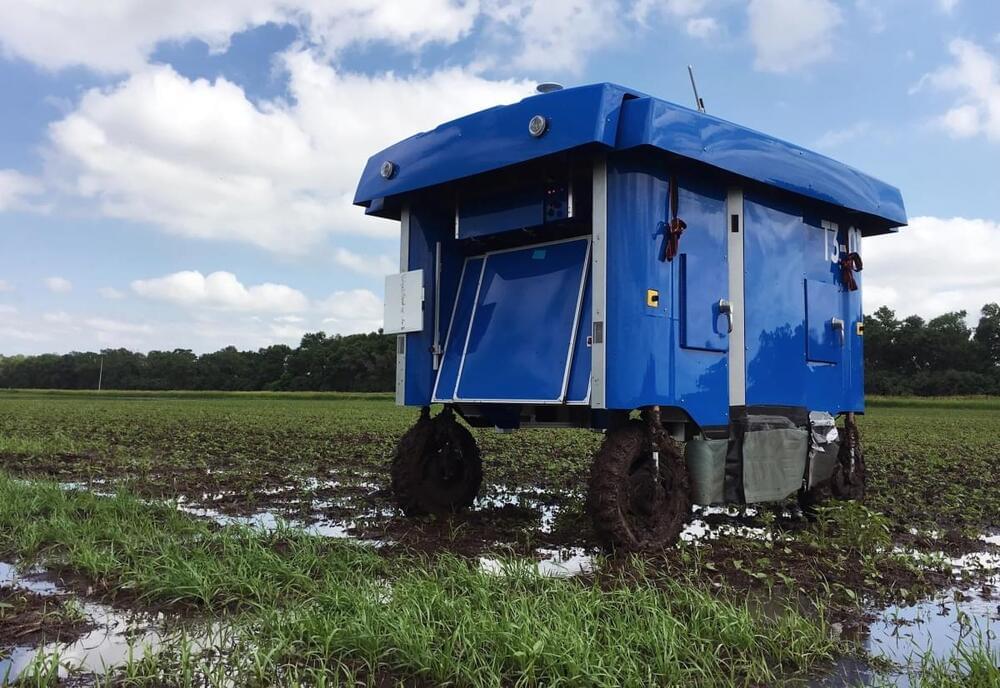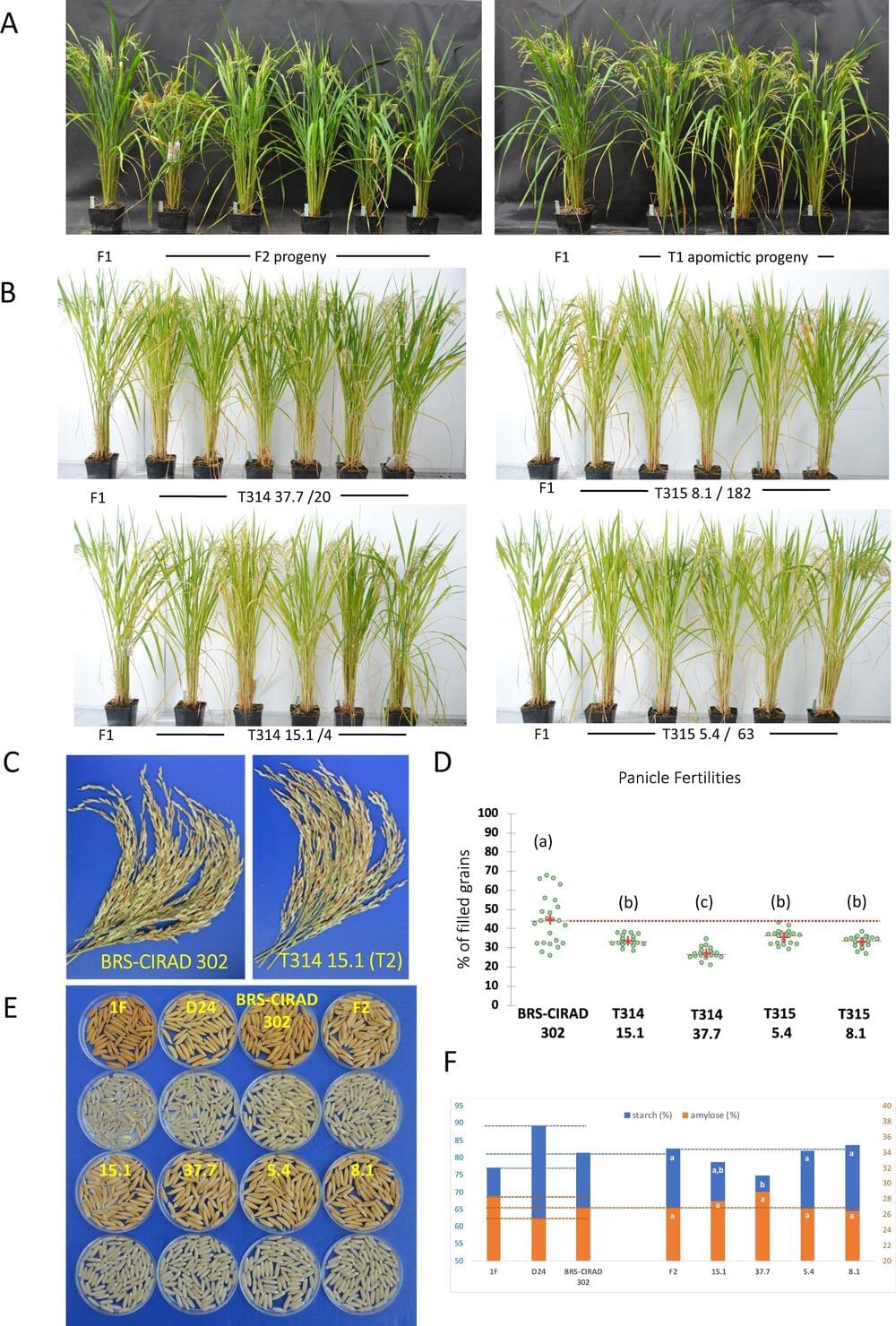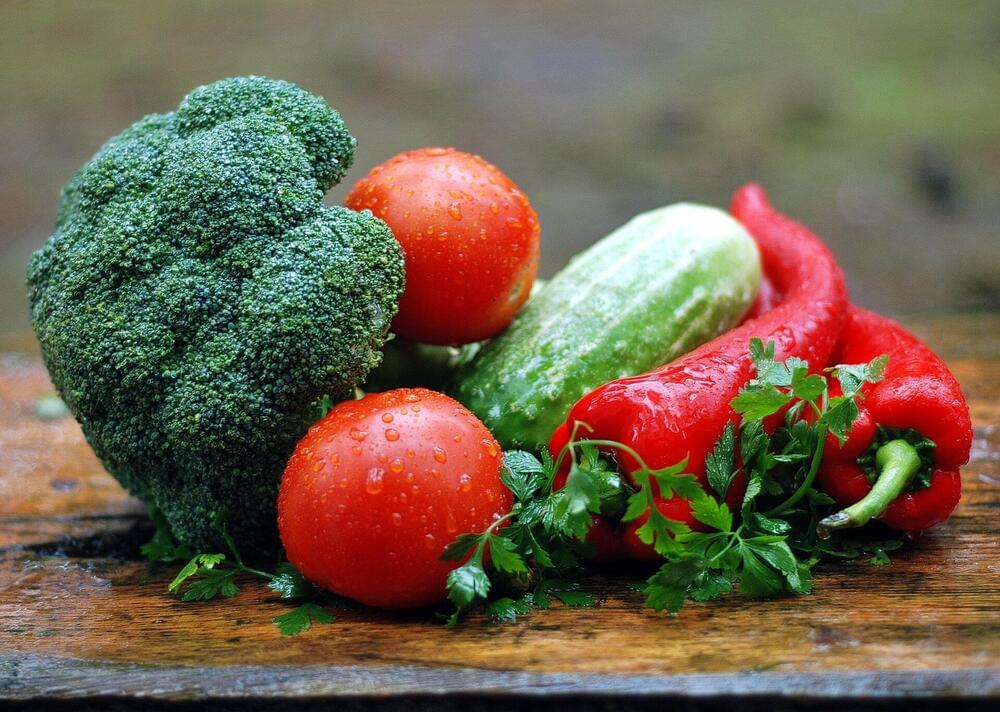Jan 16, 2023
Largest global bird flu outbreak ‘in history’ shows no sign of slowing
Posted by Quinn Sena in categories: biotech/medical, food
A lethal bird flu outbreak that has been circling the globe since 2021 peaked in Japan this week, as an agriculture ministry official said on Tuesday the country plans to cull more than 10 million chickens at risk of exposure to the virus.
Flu is a common annual illness among wild birds yet the H5N1 strain now sweeping Japan is uniquely contagious and deadly. It poses such high risk to farmed birds, such as chickens and turkeys, that a single infection on a farm condemns the entire flock to be killed. As outbreaks in Japan have reached a record high, the cull is the largest ever planned for the yearly flu season that runs from October to May.
Around the globe, record-breaking death tolls due to the virus are becoming the norm. In the US, more states than ever before have reported instances of bird flu with an all-time high of nearly 58 million poultry affected as of January 2023.
